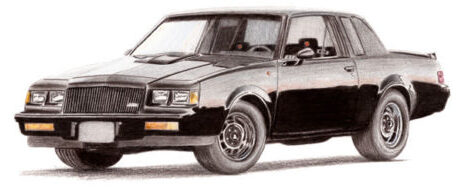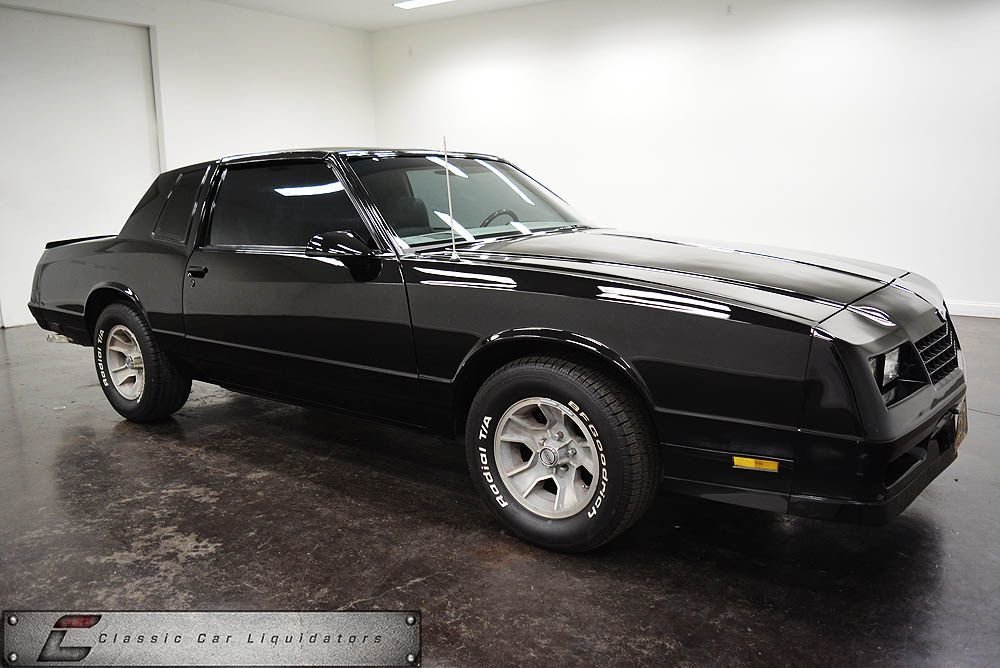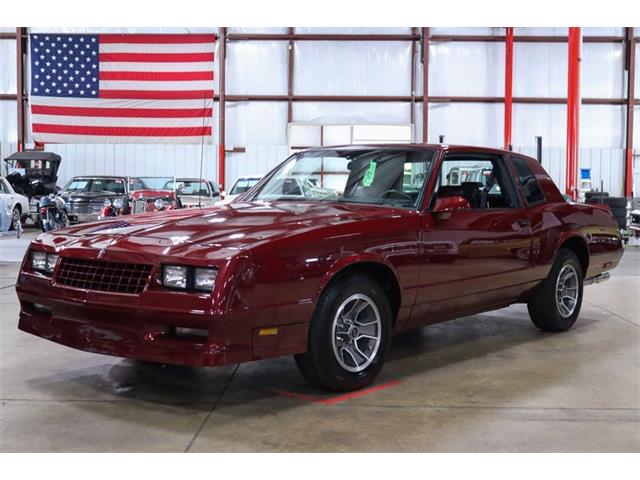In the realm of automotive history, certain models stand out not just for their engineering prowess or performance capabilities, but also for their timeless design and cultural significance. Among these icons is the 1987 Monte Carlo, a car that epitomized the essence of American muscle and style during the 1980s. In this blog, we’ll delve into the history, design, performance, and enduring legacy of the 1987 Monte Carlo.
The Chevrolet Monte Carlo was first introduced in 1970 as a two-door coupe, intended to compete in the burgeoning personal luxury car segment. Named after the city famous for the Monaco Grand Prix, the Monte Carlo embodied a blend of sportiness and elegance that resonated with car enthusiasts across America.
Throughout the 1970s, the Monte Carlo evolved through several design iterations, reflecting the changing automotive trends of the era. However, it wasn’t until the 1980s that the Monte Carlo truly reached its zenith in terms of design and performance.
The 1987 Monte Carlo was a visual delight, boasting sleek lines, a low-slung profile, and a distinctive aerodynamic shape. With its long hood, short rear deck, and wide stance, it exuded a sense of power and dynamism even while standing still.
At the front, the Monte Carlo featured a bold grille flanked by quad rectangular headlights, giving it an aggressive yet refined look. The sloping roofline flowed seamlessly into the trunk, enhancing the car’s aerodynamic efficiency and overall aesthetic appeal.
Inside, the Monte Carlo offered a spacious and comfortable cabin, adorned with plush upholstery, ergonomic controls, and modern amenities. From its supportive bucket seats to its driver-centric dashboard layout, every aspect of the interior was designed to enhance the driving experience.
Performance
Under the hood, the 1987 Monte Carlo offered a range of potent powertrain options, catering to a diverse audience of performance enthusiasts. The base engine was a 4.3-liter V6, delivering respectable power and efficiency for everyday driving.
For those craving more performance, Chevrolet offered several V8 engine choices, including a 5.0-liter and a 5.7-liter variant. These engines, equipped with advanced fuel injection technology, produced ample horsepower and torque, propelling the Monte Carlo from 0 to 60 mph in just a matter of seconds.
Paired with either a four-speed automatic or five-speed manual transmission, the Monte Carlo offered a spirited driving experience characterized by smooth acceleration, responsive handling, and confident braking. Whether cruising down the highway or carving through winding mountain roads, it was a joy to drive in any situation.
Cultural Impact
Beyond its technical specifications, the 1987 Monte Carlo left an indelible mark on popular culture, becoming a symbol of American automotive ingenuity and style. From its appearances in movies and television shows to its prominence in the world of motorsports, the Monte Carlo captured the hearts and imaginations of car enthusiasts everywhere.
In NASCAR racing, the Monte Carlo achieved legendary status, dominating the tracks with its formidable performance and unmistakable presence. With drivers like Dale Earnhardt behind the wheel, it became synonymous with victory and championship glory, further cementing its place in racing history.
Off the track, the Monte Carlo became a cultural icon, appearing in countless movies, TV shows, and music videos. Its sleek design and powerful presence made it the perfect choice for protagonists and villains alike, symbolizing freedom, rebellion, and the allure of the open road.
Enduring Legacy
Today, the 1987 Monte Carlo continues to hold a special place in the hearts of collectors and enthusiasts worldwide. Its timeless design, exhilarating performance, and cultural significance ensure that it will be remembered and cherished for generations to come.
Restored examples command premium prices on the collector car market, with enthusiasts willing to pay top dollar for well-maintained specimens. Whether displayed at car shows, driven on weekends, or preserved for future generations, the Monte Carlo remains a symbol of automotive excellence and craftsmanship.
In conclusion, the 1987 Monte Carlo stands as a testament to Chevrolet’s commitment to innovation, performance, and design. With its striking looks, thrilling performance, and enduring legacy, it continues to captivate the imagination of car enthusiasts around the world, reminding us of a bygone era when cars were more than just machines—they were symbols of freedom, adventure, and the American Dream.





